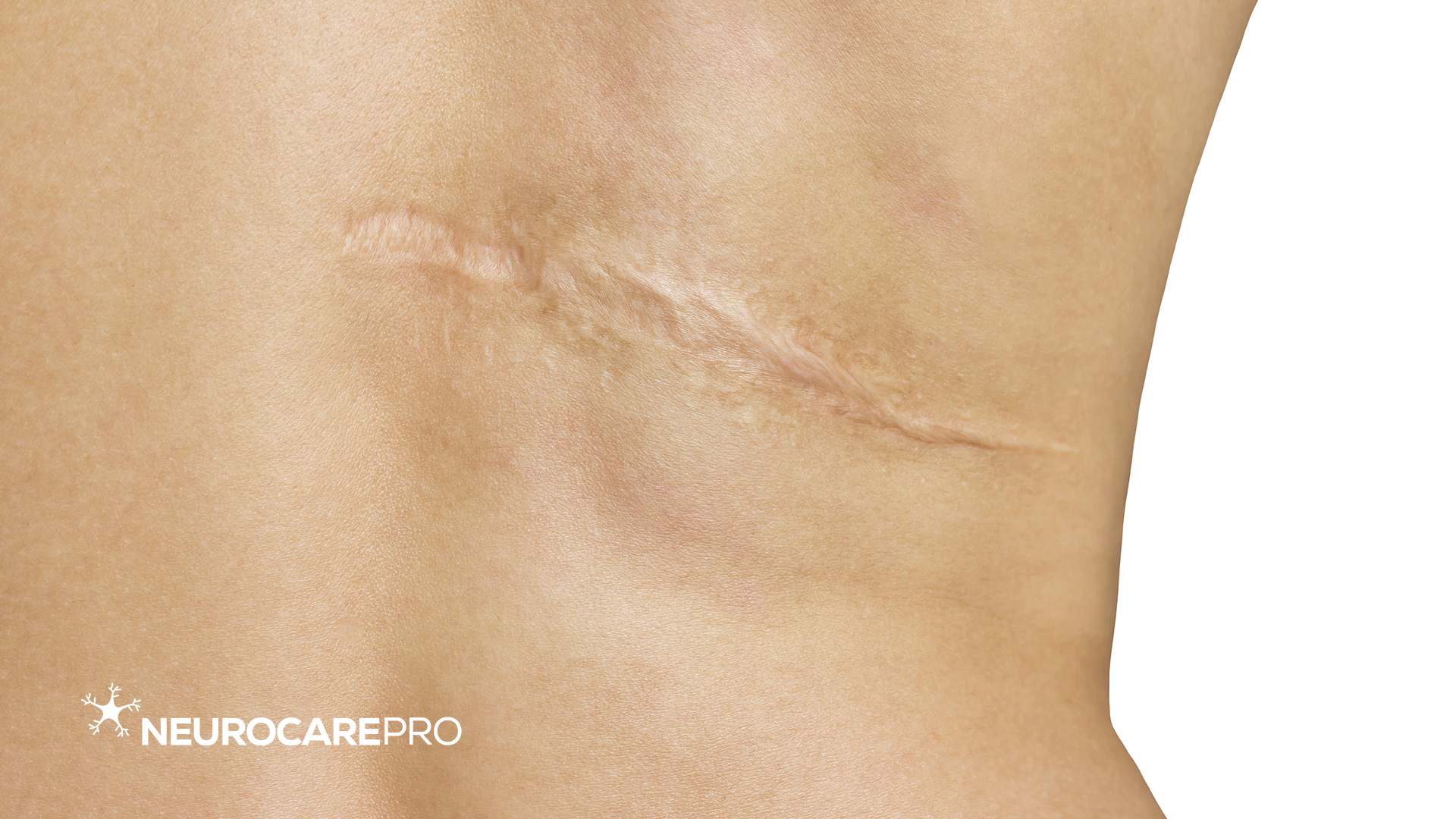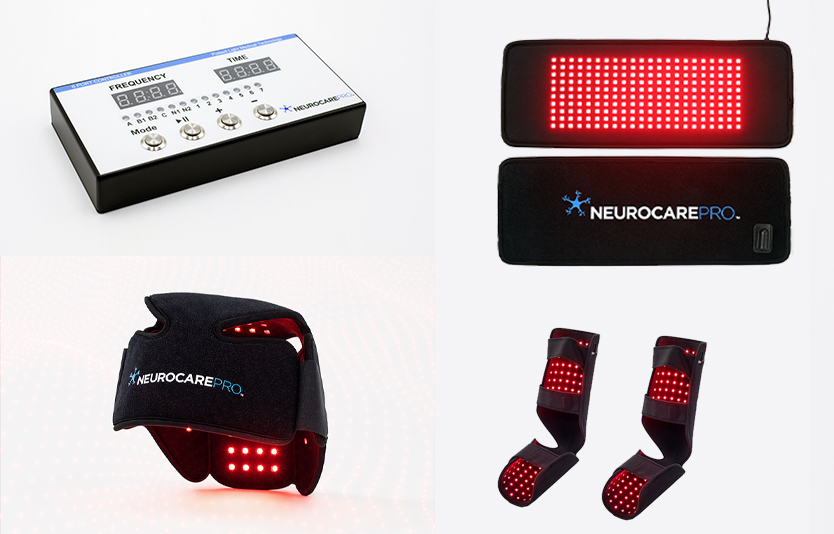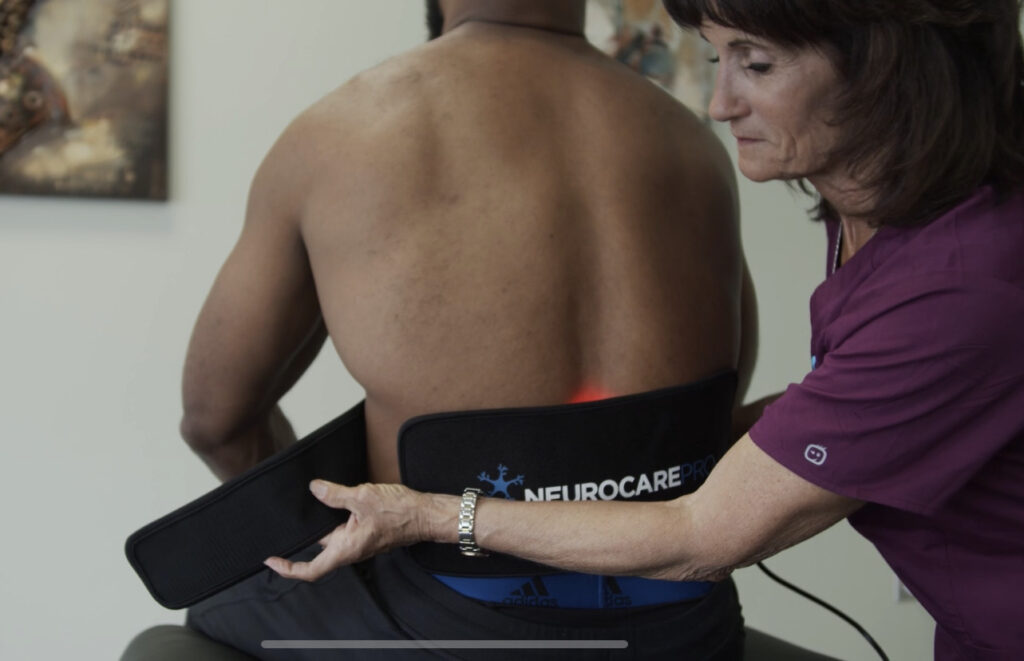Rejuvenate Scar Tissue
Treat Scars with Red Light Therapy: Imagine red light's warm embrace bathing your scars, its therapeutic waves penetrating deep into the tissues. Studies suggest it stimulates collagen production, the very protein responsible for skin repair and regeneration. This translates to a reduction in scar prominence, making them flatter and less noticeable.
Red light therapy's magic doesn't stop there. It can also help improve blood flow to the affected area, promoting faster healing and reducing inflammation. This can be particularly beneficial for raised scars, often leaving them softer and more manageable.
But the benefits extend beyond just physical improvement. Red light therapy can also boost our emotional well-being. Seeing a reduction in the appearance of scars can enhance confidence and self-image, allowing us to embrace our stories with newfound pride.
So, if you're looking for a safe, natural, and effective way to manage scars, red light therapy might be the answer you've been seeking. Let its gentle touch rewrite the narrative of your skin, revealing a canvas that reflects your inner strength and resilience.
Here are some sources to delve deeper into the wonders of red light therapy for scar management:
Mayo Clinic: https://connect.mayoclinic.org/discussion/anyone-tried-using-red-light-therapy/
Remember, consistency is key when you treat scars with red light therapy. Regular sessions, like chapters in a book of self-care, will allow you to fully unlock its scar-smoothing potential. So, shine on, and let red light therapy help you rewrite your skin's story, one radiant chapter at a time.







